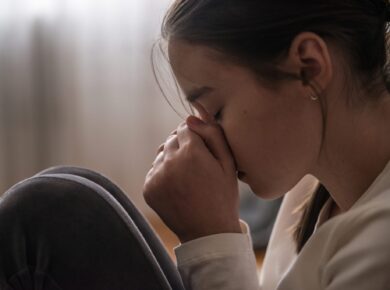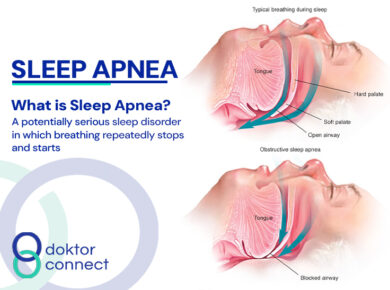Post-traumatic stress disorder (PTSD) is a syndrome resulting from exposure to real or threatened serious injury or sexual assault. Examples include serious accidents, hostage-taking, natural disasters, terrorist incidents and violent assault, sexual assault following rape, or child sexual abuse. The trauma can also be ongoing and recurring.
Certain life events such as loss of a loved one, divorce, and unemployment are important ‘stressors’ and may have effects on mental health but it is important not to ‘medicalize’ these stressors to mean one has PTSD.
How Common is PTSD?
According to the National Center for PTSD, about half of all women and 60 percent of all men will experience trauma at some point in their lives. Although, not everyone who experienced a traumatic event will have PTSD.
Prevalence rates vary from country to country. In a study done by the World Health Organisation which collated data from 27 countries, the estimated lifetime PTSD prevalence ranged from 0.3% in China to 6.1% in New Zealand. In the United States, lifetime prevalence among adults was roughly 8%.
Some risk factors include;
Individuals in any of these groups have a higher chance of having PTSD at least once in their lifetime;
- Refugees and asylum seekers
- First responders – eg, police, ambulance personnel
- Military
- A history of previous psychiatric disorders
- Females are two times more likely to develop PTSD than men
- Approximately 1-2% of women have PTSD after giving birth
Symptoms of PTSD
- Exposure to the traumatic event: This can be direct exposure, witnessing the event occurring, or learning that it occurred to a family or friend
- Constantly re-experiencing the event: This can be in the form of intrusive thoughts, nightmares, persistent involuntary memories, flashbacks, and intense emotional response to reminders or triggers.
- Avoidance: Avoiding thoughts, feelings, places, people, or conversations associated with the event
- Change in perception and mood: Difficulty in remembering certain aspects of the trauma, believing negative things about oneself, feelings of detachment, inability to experience positive emotions, blaming oneself for the trauma.
- Increased arousal or reactivity: These include; Irritability, problems with sleep or concentration, increased vigilance for potential danger, reckless or self-destructive behavior.
Do note that PTSD can only be diagnosed after one month of a traumatic incident.
Prevention and Coping Strategies
PTSD is not just a medical issue but a social and political issue. We cannot completely prevent risk and unpleasant events, they are bound to happen at any time, to anyone. However, here are a few things that can help.
- Having a strong support system; Have a network of people you can rely on, be it your parents, partner, friends, or siblings.
- Be open to therapy; Speaking to a trained therapist will be very beneficial in your journey to recovery. You have access to a wide array of doctors, psychiatrists, and psychologists on Doktorconnect
- Talk about the events; When you experience these emotions, talk about them with those in your support network. The more you talk about these events, the less power they have over you and the easier the journey to recovery is.
- Allow yourself to grieve; Grieving is a normal response to loss. It can vary from sadness, hurt, or anger. Realize that these are normal feelings and that it may take time to go through the stages of grief.
- Learn to recognize triggers– Recognize triggers that can cause you to remember the trauma. For example, a particular pattern of clothing or a smell. The more that you can recognize these triggers, the more you can overcome them. Think of yourself as a survivor, not a victim.
- Helping other people heal from a traumatic life event; be it through mentoring, writing a book or blog post, giving a listening ear can help you understand the trauma you experienced, which can also help you heal.
What to do when someone you love has PTSD
- Learn as much as you can about PTSD. Knowing how PTSD affects people may help you understand what your loved one is going through. The more you know, the better you can be of help to individuals with PTSD.
- Let your loved ones know you are ready to listen and that you also understand if it’s not the right time to talk. Remember, withdrawal can be a symptom of PTSD. So, give your loved one’s space if required while assuring them they can count on you.
- Attend doctor visits with your loved ones. You can also help keep track of medications and therapy they are currently on.
- Engage in pleasurable activities with them e.g. seeing a movie, exercising, taking a walk, etc.
You cannot give what you do not have. To provide sufficient care for someone, you need to take care of yourself. Take your health seriously, and speak with a doctor before an emergency.
Doktorconnect allows patients to get immediate medical help from professionals at any time, from anywhere. Learn more.




